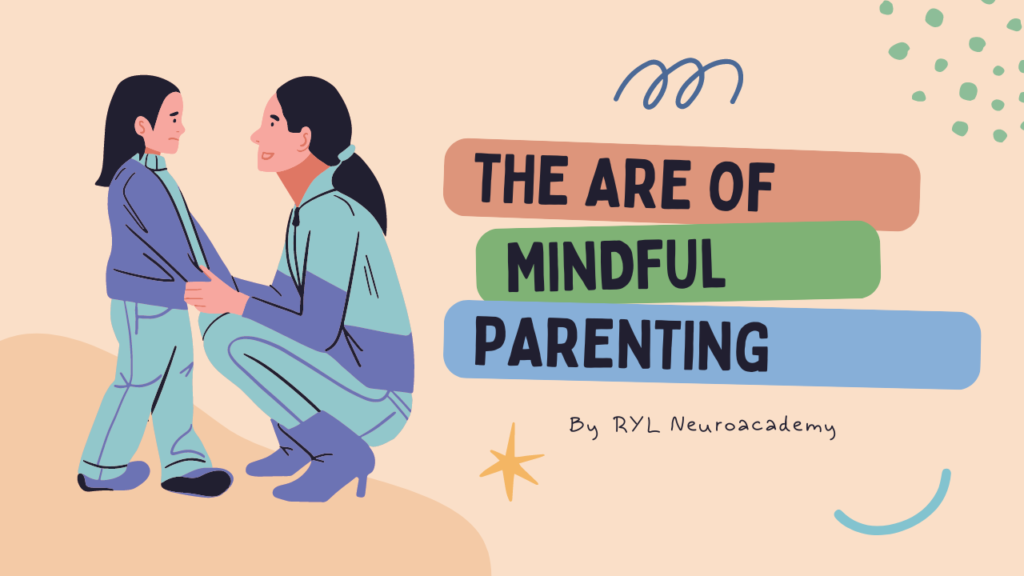Stress affects everyone—but NLP (Neuro-Linguistic Programming) offers powerful tools to calm your mind, reframe thoughts, and regain control of your emotions. Whether you’re dealing with daily anxiety or work pressure, here are 5 NLP techniques to reduce stress effectively:
1. Change Your Internal Dialogue
Your inner voice matters. NLP helps you notice and shift negative self-talk. Replace thoughts like “I can’t handle this” with “I’m managing this step by step.”Result: Instant mental clarity and calm.
2. Use the Swish Pattern to Break Stress Triggers
Visualize your stress trigger (e.g., shouting boss), then “swish” it away by mentally replacing it with a calming image (like a peaceful beach).Result: You retrain your brain to respond with peace instead of panic.
3. Set a Calm Anchor
Touch your wrist or finger while feeling completely relaxed. Repeat this gesture during future stressful moments to recall the calm feeling.Result: Physical anchoring creates emotional stability.
4. Reframe the Situation
NLP teaches you to reframe a stressful event as a challenge rather than a threat. For example: “This is an opportunity to grow.”Result: Shifts fear into empowerment.
5. Control Your Physiology
Change your posture, breathe deeply, and stand tall. NLP says your body affects your mind.Result: Confidence and calm replace stress and tension.
Conclusion
NLP is a science-backed way to rewire your responses to stress. With just a few mental and physical shifts, you can transform anxiety into calm, focus, and strength.

